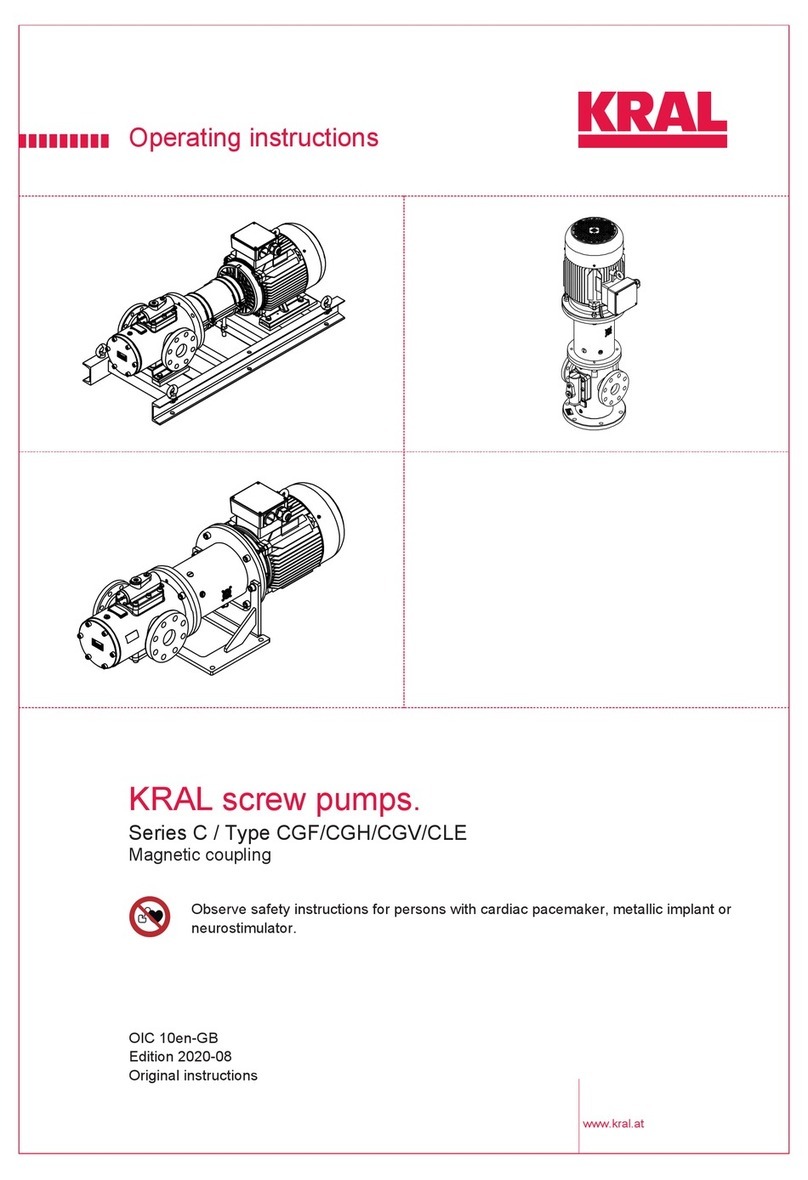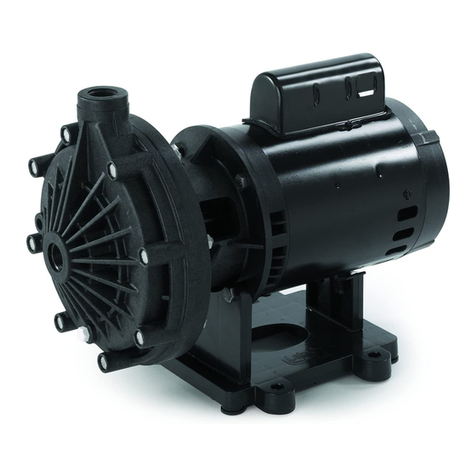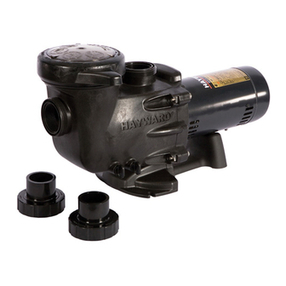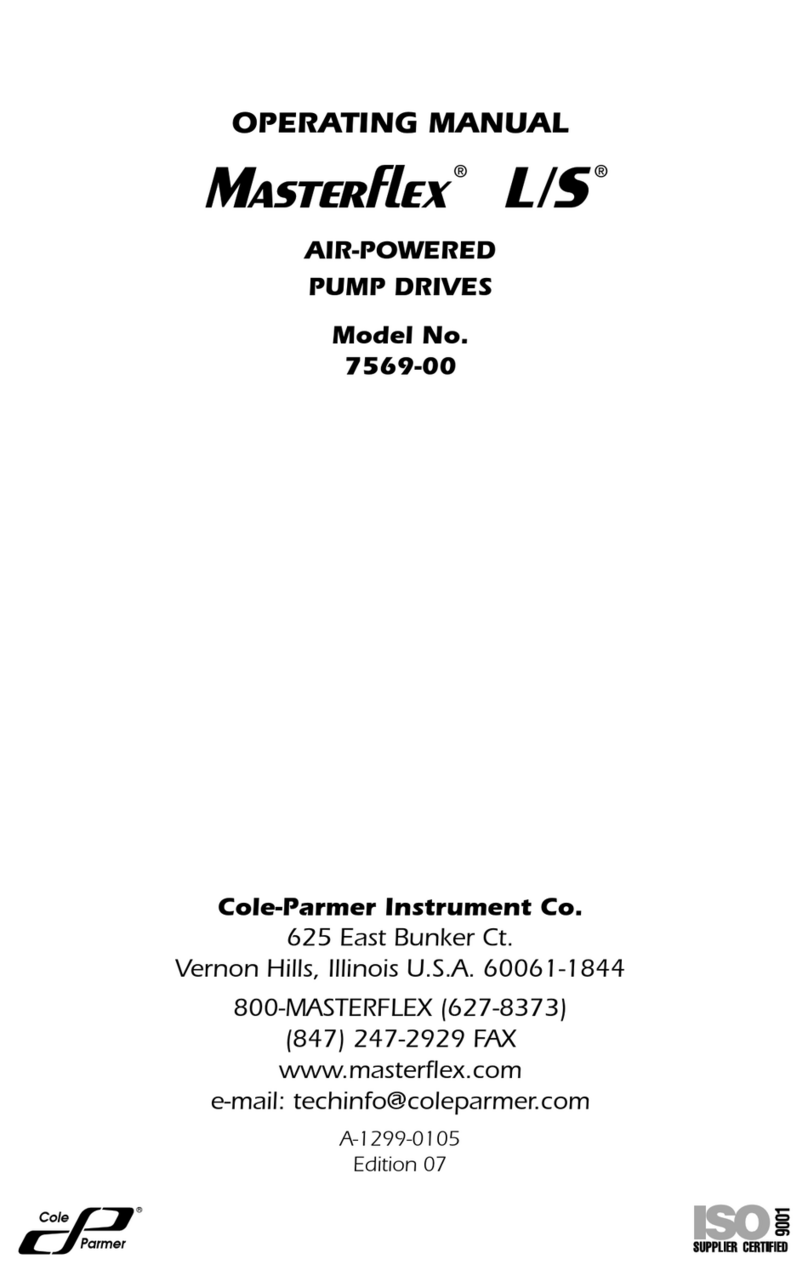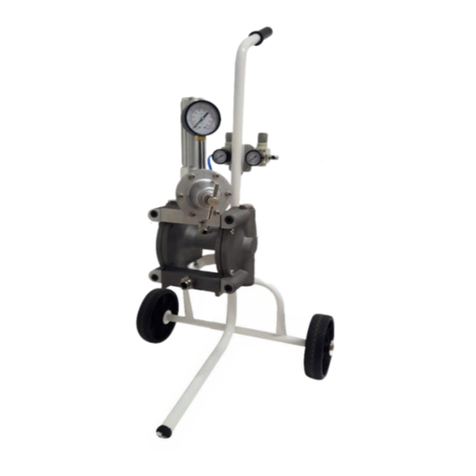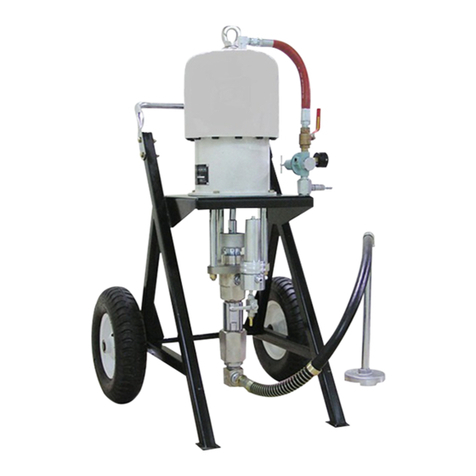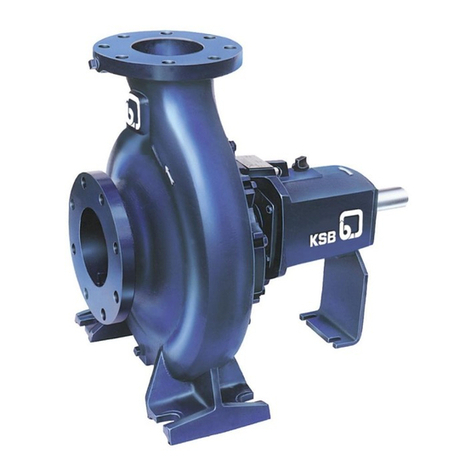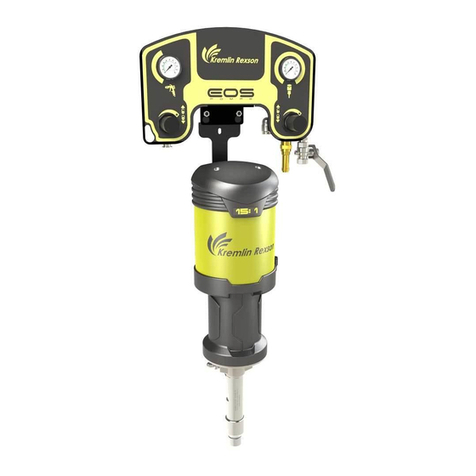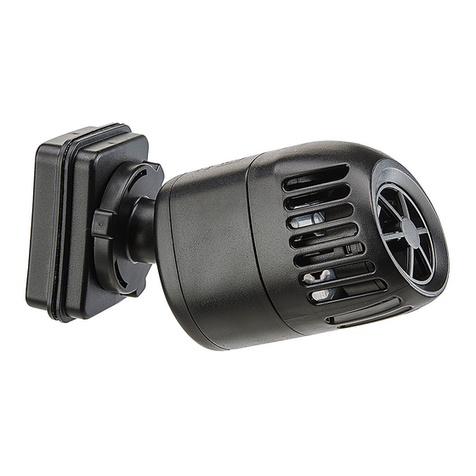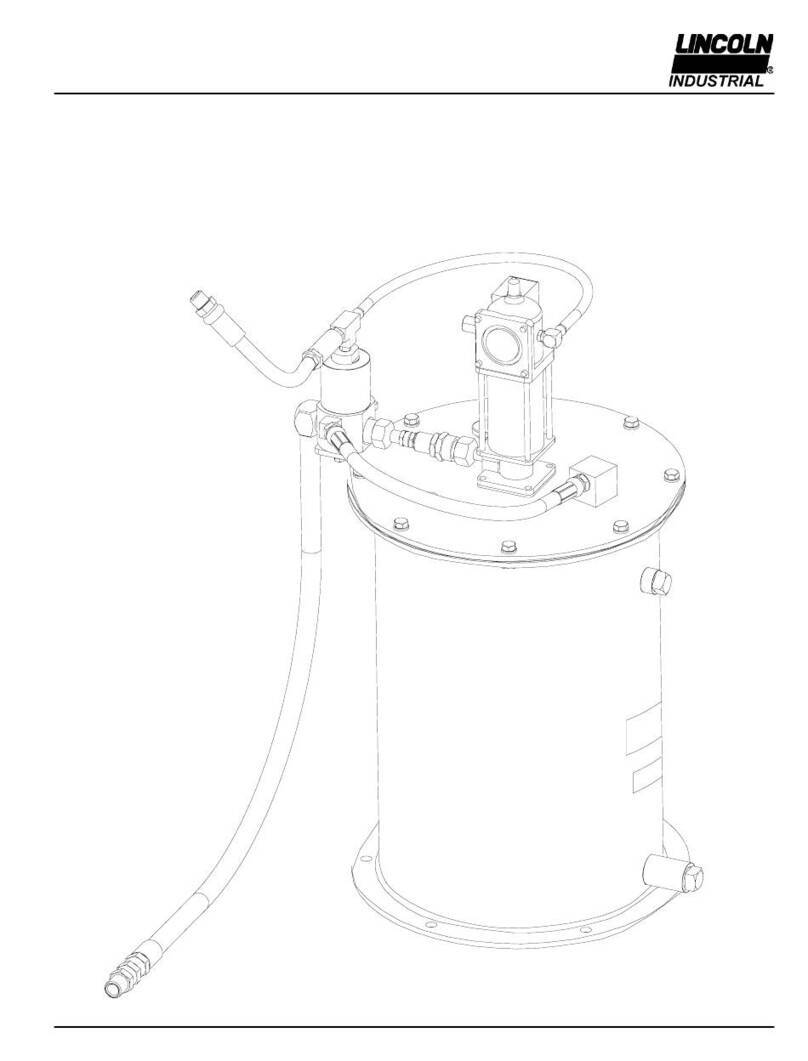
aircom.it .13
MAINTENANCE
Adequate maintenance is a determining factor for a longer life of the
equipment in optimal operating conditions and performance, and ensures
functional safety over time. It is recommended to have the maintenance
operations carried out by trained personnel. Personnel must be provided
with personal protective equipment commonly used for similar operations,
and follow the safety procedures prescribed in the following chapter.
Routine maintenance of the AST30 system is very simple and does not
require particular interventions as the mechanical components of the
system are lubrication-free. During operation, the friction of the stem on
the seals can cause product leakage into the cup (when the system is new
this occurs after about 30/40 hours of operation). These leaks are minor at
the origin, but, if neglected, they can irreparably damage the pumping
element. The leak is due to settling of the gasket pack. It is important to
intervene immediately by adjusting the gasket pack with the special key
supplied with the system.
REGISTRATION OF THE GASKETS PACK
The seal pack adjustment must be carried out with the pumping rod in
motion, and in the absence of product. Open the recirculation tap, adjust
the supply air to 2 bar (the stem begins to move), with the special spanner
provided, rotate the cup clockwise. For minor leaks, it is sufficient to give a
small amount of pre-charge to the seal pack (AVOID BLOCKING THE ROD
WITH AN EXCESSIVE ROTATION OF THE CUP).
• Disconnect the air supply before removing any part of the unit or making
any replacement of components.
• Do not wear rings, watches, chains, bracelets, etc. during maintenance
operations.
• Always use personal protective equipment (gloves, goggles, safety
shoes).
• Use only original spare parts.
• Do not use open flames, sharp points or pins for cleaning.
• No smoking.
EN


















